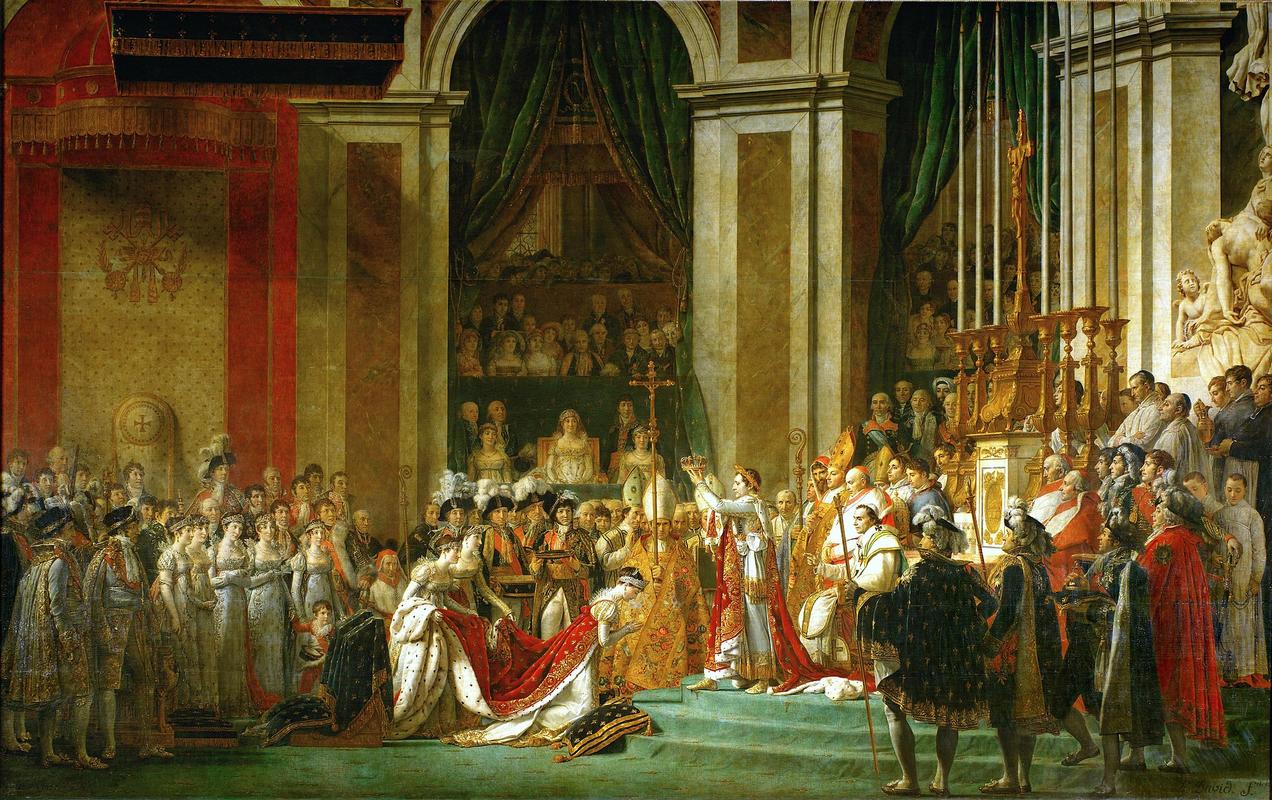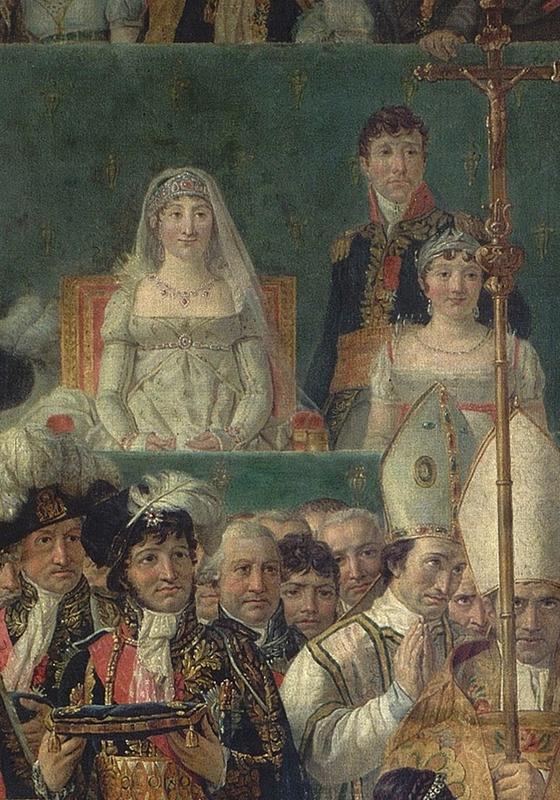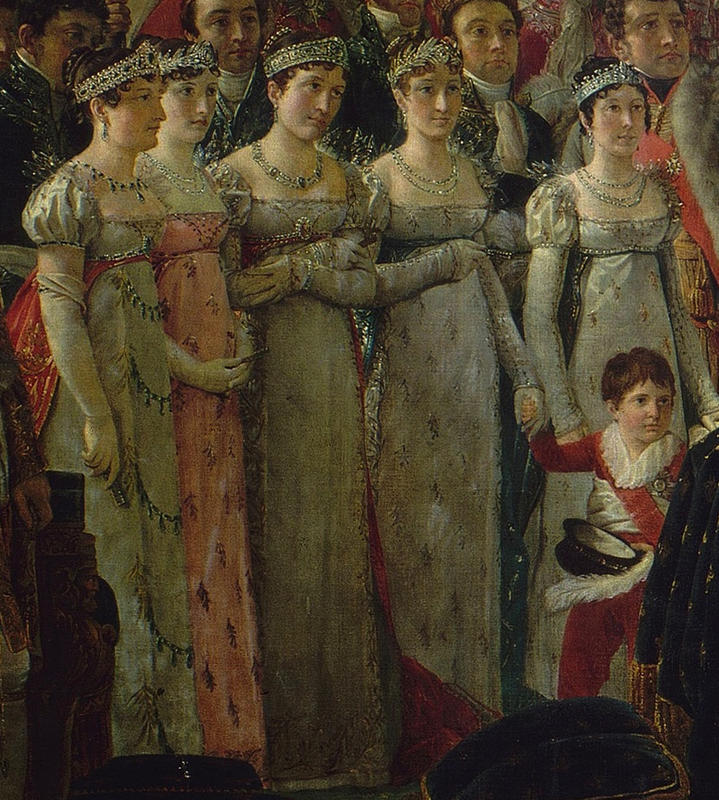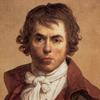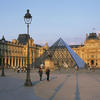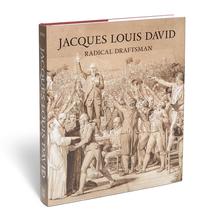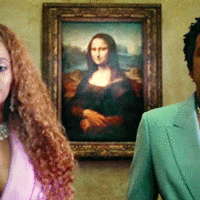More about The Coronation of Napoleon
- All
- Info
- Shop

Contributor
Jacques-Louis David happily sucked up to the man in charge with The Consecration of the Emperor Napoleon, influenced by Rubens.
Don’t be fooled by the serene family portrait; Napoleon asked David to stretch the truth in his depiction. Sort of like having your wedding photos Photoshopped to include estranged Aunt Tabitha and edit out cousin Jamie’s mid ceremony nose-picking. No one upstages the Bonaparte family feuds, except perhaps the star titan of Saturn Devouring his Son. Familial cannibalism is hard to beat, even by shady French emperors.
As corrupt leaders do best, Napoleon rewrote history with the help of David. Too bad Jacques-Louis couldn’t help him erase those “Napoleon Complex” rumors— our power-hungry buddy stood at an above-average 5 foot 7. The artist was a fan of Bonaparte, who had given him asylum during Robespierre’s fall from grace. Supporter of the Reign of Terror? Complicit in 16,594 death sentences? Not a problem! Who cares about pesky mass execution when you paint a mean family portrait?
A notable bit of creative license is the addition of Maria Letizia Ramolino, Napoleon’s mother. Napoleon made the bratty decision to have his dear maman painted in despite her absence. Maria had deliberately spurned the coronation, upset by her son’s rocky relationship with his brothers. Lucien Bonaparte had protested his sibling’s ambitious aspirations with self-exile in Rome, and Joseph Bonaparte didn’t even get an invitation. Maybe his absence was for the best— watching an especially irksome sibling crown himself Emperor of the French would be excruciating. Luckily for Joseph, Napoleon had him painted in too! It takes a sibling to be this intrusive.
A more subtle change is in the regal young ladies standing to the left. These are Napoleon’s sisters, the princesses and Joséphine’s biggest critics. Here, they are painted with hands unoccupied. In reality Napoleon showcased his astounding tactlessness by requiring that these ladies hold Joséphine’s train during the ceremony. When they protested, Napoleon insisted, suggesting he take away their status and riches in punishment. Did Napoleon win? Not really— Joséphine tripped at a key moment in the ceremony, and many pointed to a well-timed yank on the train.
Nothing screams Napoleon like extreme arrogance, so why the focus on the Empress Joséphine? Originally, the tableau pictured Napoleon crowning not Joséphine, but himself. The emperor was pleased by this more honorable scene, fancying himself a “French knight.” Let’s not give Bonaparte too much credit for modesty— the robes he wears here are reminiscent of those worn by Roman emperors. Quite cocky for a man who’d only reign ten years.
Sources
- “The Consecration of the Emperor Napoleon and the Coronation of Empress Joséphine on December 2, 1804.” Louvre. Accessed June 27, 2017. http://www.louvre.fr/en/oeuvre-notices/consecration-emperor-napoleon-an….
- “The Coronation of Napoleon.” Wikipedia. June 22, 2017. Accessed June 27, 2017. https://en.wikipedia.org/wiki/The_Coronation_of_Napoleon.
- Hiskey, Daven. “Napoleon Bonaparte Having Been Short is a Myth.” Today I Found Out. March 23, 2010. Accessed June 26, 2017. http://www.todayifoundout.com/index.php/2010/03/napolean-bonaparte-havi….
- “Lucien Bonaparte.” Wikipedia. May 21, 2017. Accessed June 26, 2017. https://en.wikipedia.org/wiki/Lucien_Bonaparte.
- Munhall, Edgar. "Portraits of Napoleon." Yale French Studies, no. 26 (1960): 3-20. doi:10.2307/2929218.
- “Napoleon.” Wikipedia. June 24, 2017. Accessed June 26, 2017. https://en.wikipedia.org/wiki/Napoleon.
- “Reign of Terror.” Wikipedia. June 26, 2017. Accessed June 26, 2017. https://en.wikipedia.org/wiki/Reign_of_Terror.
- Selin, Shannon. “The Bumpy Coronation of Napoleon.” Shannon Selin: Imagining the Bounds of History. Accessed June 26, 2017. http://shannonselin.com/2016/12/coronation-of-napoleon/.
Featured Content
Here is what Wikipedia says about The Coronation of Napoleon

The Coronation of Napoleon (French: Le Sacre de Napoléon) is a painting completed in 1807 by Jacques-Louis David, the official painter of Napoleon, depicting the coronation of Napoleon at Notre-Dame de Paris. The oil painting has imposing dimensions – it is almost 10 metres (33 ft) wide by a little over 6 metres (20 ft) tall. The work is on display at the Louvre Museum in Paris.
Check out the full Wikipedia article about The Coronation of Napoleon

